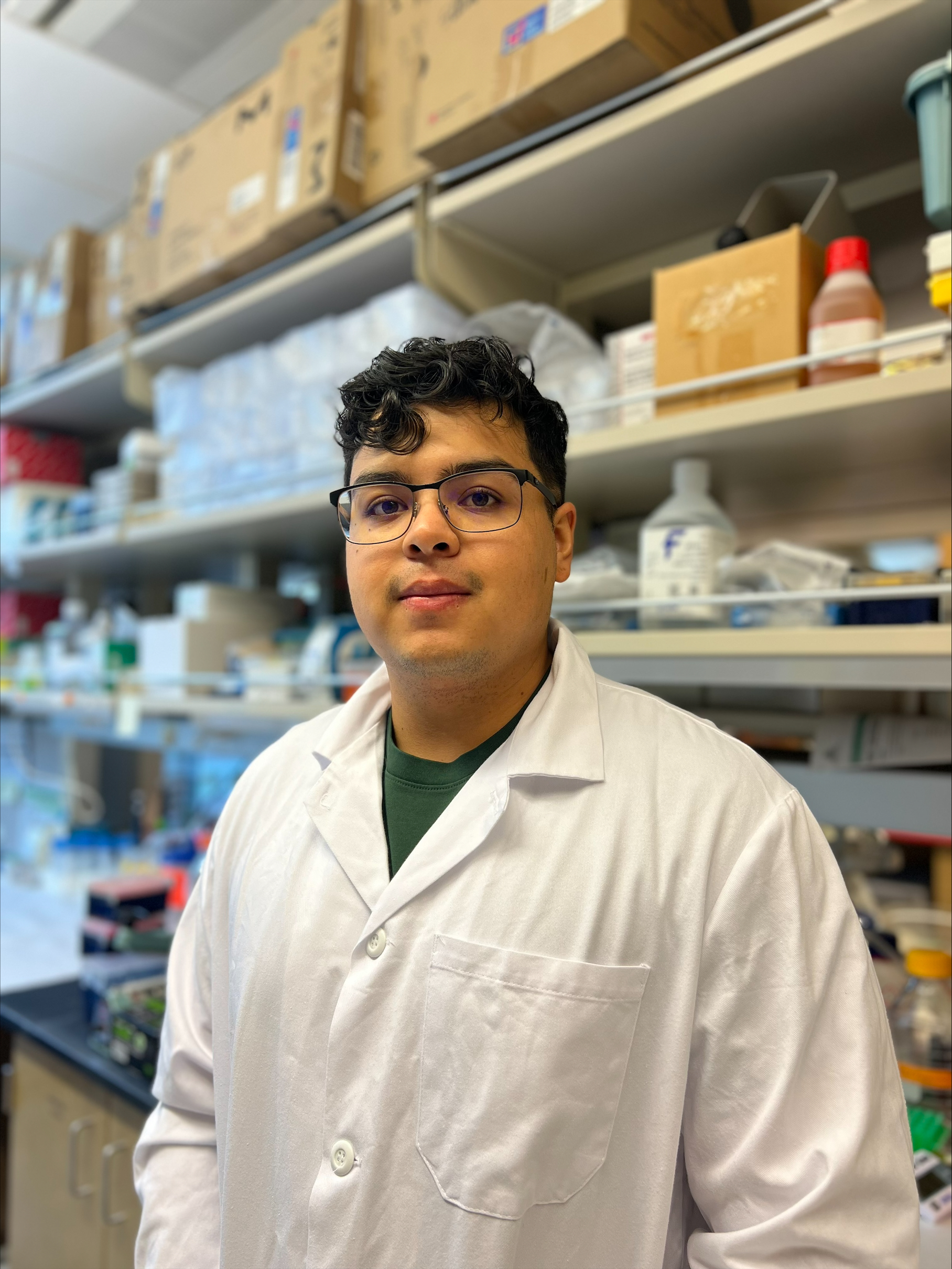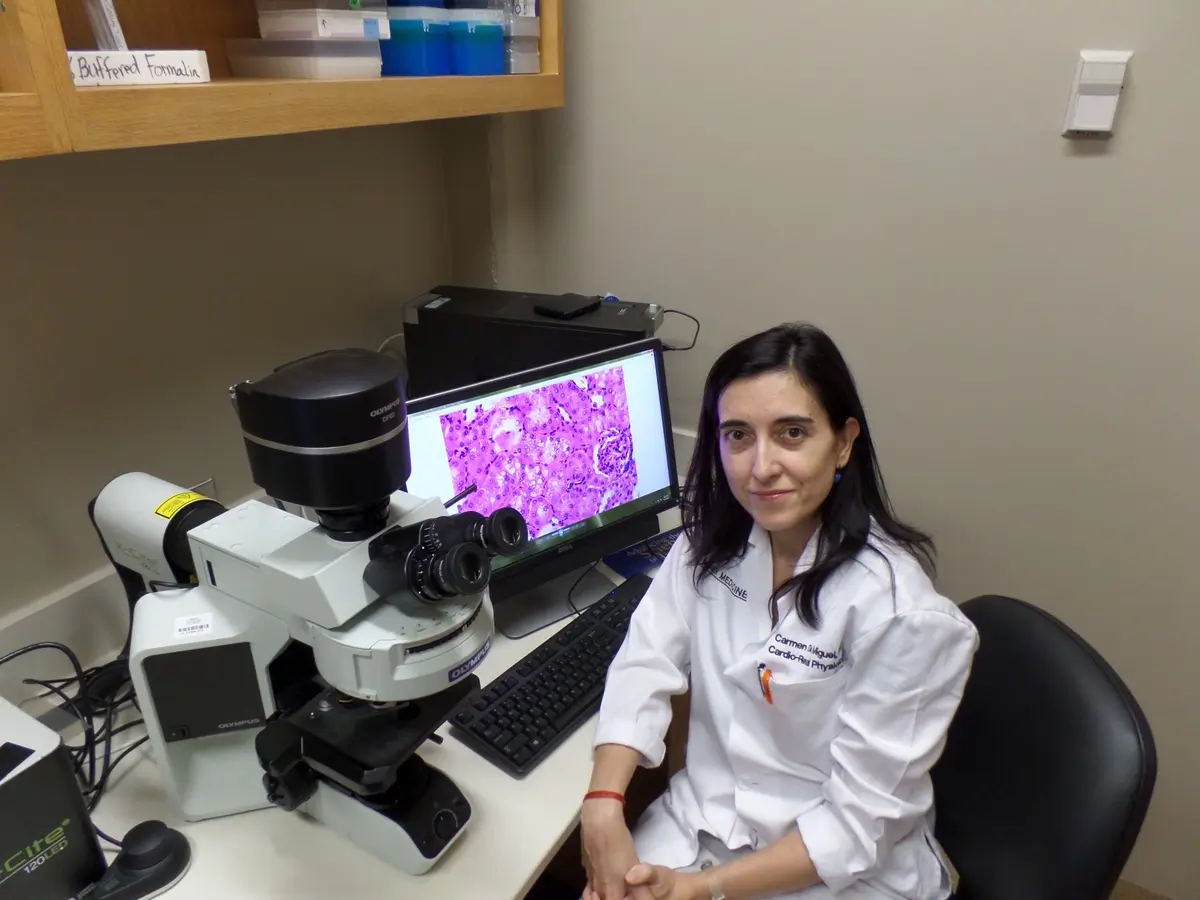Final Project Report
In sum, this research project found evidence that macrophages, a type of white cell that is usually associated with infections, also plays an important role in the development of islets, where insulin is made, just before and immediately after birth. The published report shows how macrophages help the islets grow indicating that selected agents may activate the cascade of proteins enhancing islet growth, an important contribution for future treatments in type 1 diabetes.
Project Description
Diabetes mellitus is a severely debilitating disease that would significantly benefit from new tissue regenerative treatments. We investigated how specialized cells of the innate immunity, named macrophages, could be manipulated to trigger and sustain pro-regenerative functions on injured pancreatic islet cells. This line of work holds significant translational value as it may lead to the use of myeloid cell therapies to support tissue regeneration.
In initial experiments, we characterized the populations of macrophages residing in the pancreas, comparing the ones present in the fetal stage of development to those associated with the significant islet proliferation occurring in the perinatal period. Using animal models in which macrophages can be selectively eliminated in vivo, we discovered that there are populations of these immune cells that are critically required for the expansion of pancreatic islet cell mass in the perinatal period. In the absence of these macrophages, the islet cell mass remains underdeveloped and dysfunctional. In these studies, we learned of the mechanisms involved in the recruitment of these immune cells to the pancreas and of those regulating their number in this tissue. We further discovered that progenitors of these populations of macrophages exist in the bone marrow of adult animals and that recruitment of these cells to the injured pancreas of diabetic hosts leads to islet cell recovery and normalization of the glycemia in a relatively short time.
We have undertaken a detailed characterization of the signaling pathways activated in these macrophage populations to pinpoint the ones relevant to these pro-growth effects on islet cell types. Further experiments are underway to validate these pathways in culture models, and to elicit their pharmacologic activation in diabetic animal models. In future studies, we foresee that activation of these pathways in combination with immune-regulatory therapies may represent an effective therapeutic strategy to elicit islet regeneration in Type 1 diabetic hosts.












